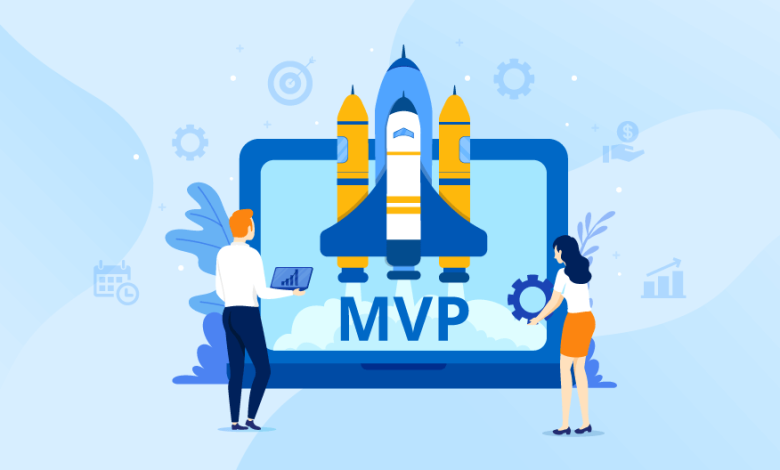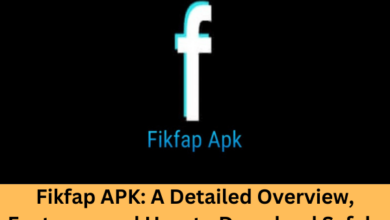How to Build an MVP without Coding?

Do you look forward to knowing how to build an MVP without coding? Here you will know about how to build an MVP without coding. The Minimum Viable Product (MVP) is a cost-effective approach that allows rapid testing of ideas. You can build an MVP without coding in days using no-code and low-code. No-code tools help you test whether a product solves a user problem and learn how to improve your solution. You can create a pilot MVP without writing code and using low technology. Here we will discuss how you can turn your business ideas into an MVP or Minimum Viable Product without writing a single line of code.
First, you should know about MVP. MVP, or Minimum Viable Product, is the product’s first version for your target audience segment. Essentially, this is the concept of lean production, which is the most basic version of the product you can offer your audience.
Detailed Guide to Build your MVP without Coding
Here is a step-by-step guide that you can use to build an MVP without coding. They are as follows:
Comprehensive Research:
The initial step in building an MVP without code is understanding the problem and the solution. It is to take a product/market fit approach that gives you clarity around your target customer, value proposition, feature set, unmet needs, and user experience. The idea here is to understand the product’s value and how customers will benefit.
Make sure to learn about the customer’s pain points or problems they are suffering from or may be suffering from, as well as the benefits they are getting or expect to get. At this stage, it is equally important to be clear about the user who will buy your product. There are always specific categories of users with individual needs and requirements that will help you make your product as user-centric as possible.
Identify and Prioritise Features:
After completing your research, the next step is identifying and prioritising the features you want in the product. Start by creating a product vision and list the features that can be useful for your customer’s needs in their specific context of use. The next step should be to prioritise the features according to their importance. At the MVP stage, you should have only one top-priority feature that conveys the product’s core value.
Select the MVP Approach:
The concept of the minimum viable product is quite broad and covers different types and approaches. No-code MVP is testing an idea and getting proper feedback without coding. You must choose the most appropriate MVP approach from the ones listed below.
Idea Visualisation:
With this approach, you test the hypothesis of an opportunity with targeted marketing campaigns. It’s important to remember that an idea visualisation does not contain any building blocks of your future product. The idea here is to introduce or explain what the product will look like and what it will do. There are several ways to implement this approach, such as blogs, landing pages, surveys, ad campaigns, explainer videos, and more.
Sell First, Build Afterward Approach:
The premise of this no-code MVP approach is based on pre-selling the product before building it. It can be done by launching a crowdfunding campaign on any relevant platform, such as Kickstarter. Success in this method allows both to confirm the demand for your idea and attract participant funding. You can get a monetary commitment from your customers, which allows you to foresee different revenue opportunities for your product.
Single-Feature MVP:
As the name suggests, the product should be based on one of the most important features. Since customers need to understand what it is for, the focus should be completely on the core features. The idea is to create a no-coding MVP that can reduce user effort by at least 60-80%.
Chat Concierge:
Many SaaS services allow you to integrate real-time chat into your website. They allow you to communicate directly with your customers to collect quality data. Simply put, an MVP concierge involves manually helping your customers reach their goals to see if they need the product you offer.
Email MVP:
Creating an email is much easier and requires much less effort than creating a product or even a feature within a product. For existing customers, you can start by manually creating a few emails to test whether the email response is favourable. If yes, you can move on to creating the relevant product features. The choice of MVP here should be based primarily on two factors – the idea to be validated and the available resources.
Identify Success Criteria
Another important aspect to consider beforehand is whether your MVP is a success or a failure. To be able to do this, one of the key steps is to specify the success criteria and the most effective metrics, including user engagement, percentage of active users, NPS, number of downloads, customer lifetime, etc.
Develop a Road Map
Roadmap preparation is one of the most important steps in further prioritising features and closing the product backlog. Ideally, a product roadmap should consist of four components: goals, activities, user stories, and tasks. The idea here is to focus on just enough features that you can use to test the functionality of your concept and its ongoing development.
You can think of an MVP as a prototype whose sole purpose is to test whether your target customers are willing to pay for the solution you offer them. By using an MVP program builder to prove your ability to satisfy customers, you reduce huge costs and the risk of creating the wrong product. To summarise, the three main characteristics of MVP are:
- It has enough value that customers are willing to use/purchase it initially.
- Demonstrates sufficient future benefits to retain early adopters.
- Offers a feedback loop for further development.
To understand no-coding MVP. There are two main aspects of MVP without coding. Both quickly confirmed their assumptions about whether or not their product was needed and acquired a significant number of pre-registrations. They are as follows:
No Dependency:
It means you will rely on something other than the expertise of technical engineers to build anything. You can maintain full control and learn more about your customers. You will save a lot of time by eliminating the need to write complex lines of code for your product/service pilot MVP.
Hypothesis:
When building an MVP without code, your hypothesis should ideally match what you want to learn. Whatever you build should have a falsifiable hypothesis, so you know when to move on.
Conclusion
In conclusion, How to Build an MVP without Coding. You need to review this article in depth. Furthermore, you should gather information about how to build an MVP without coding. No-code or low-code MVP development has become a reality! Introducing the product to your audience before the full product launch allows you to collect feedback, analyse it, and learn from it. A no-code MVP provides a useful product for a target market, a plan for ongoing revenue, and a way to attract investors and a potential technical co-founder. The best part is that you can achieve all this without writing code.


